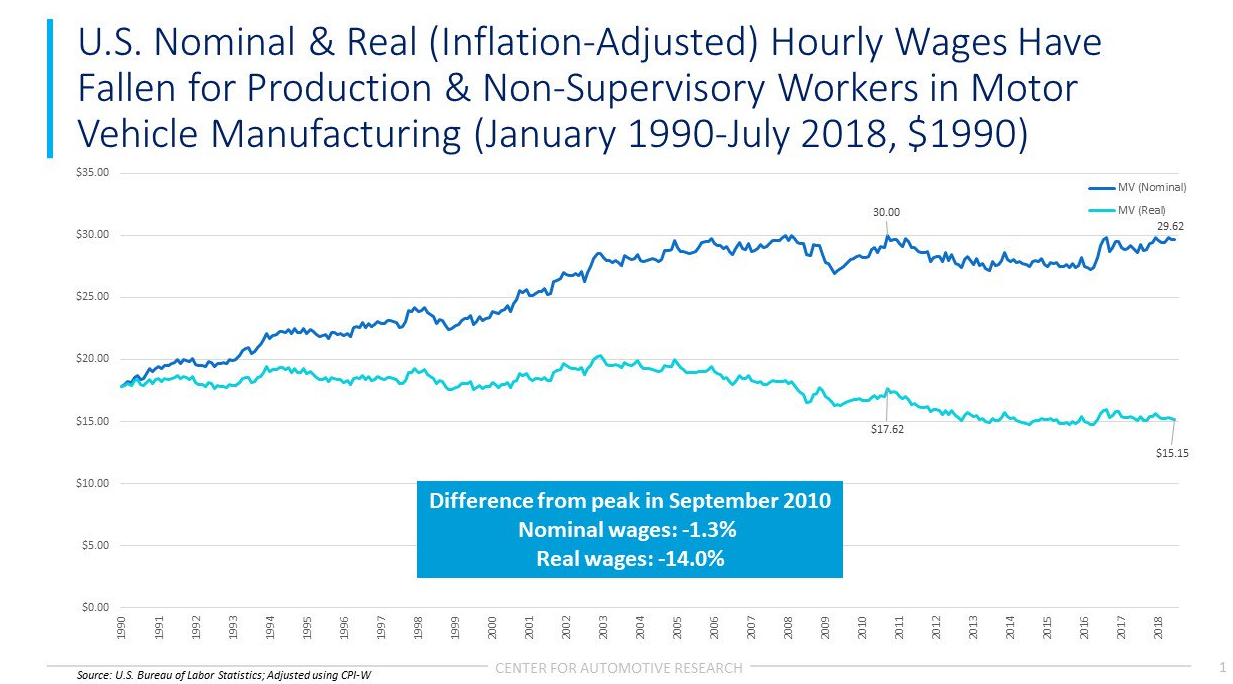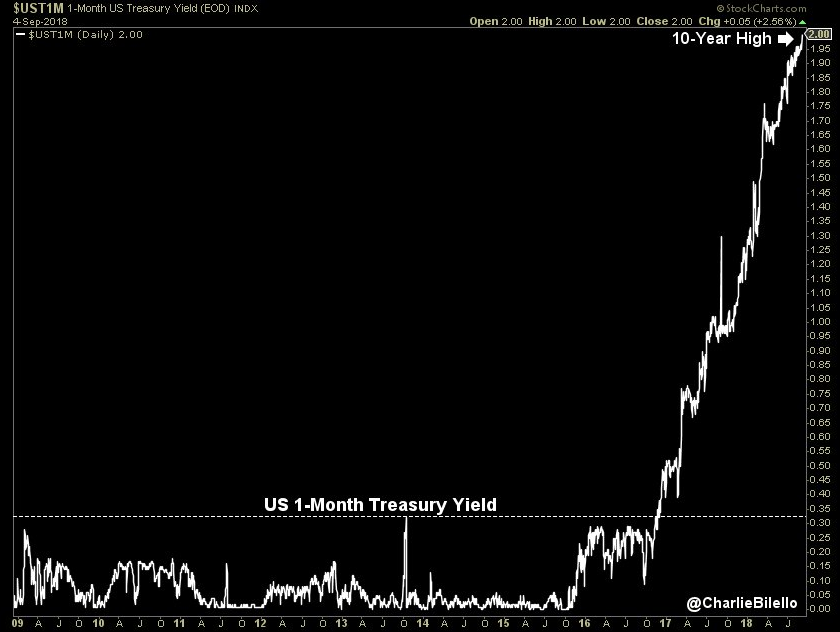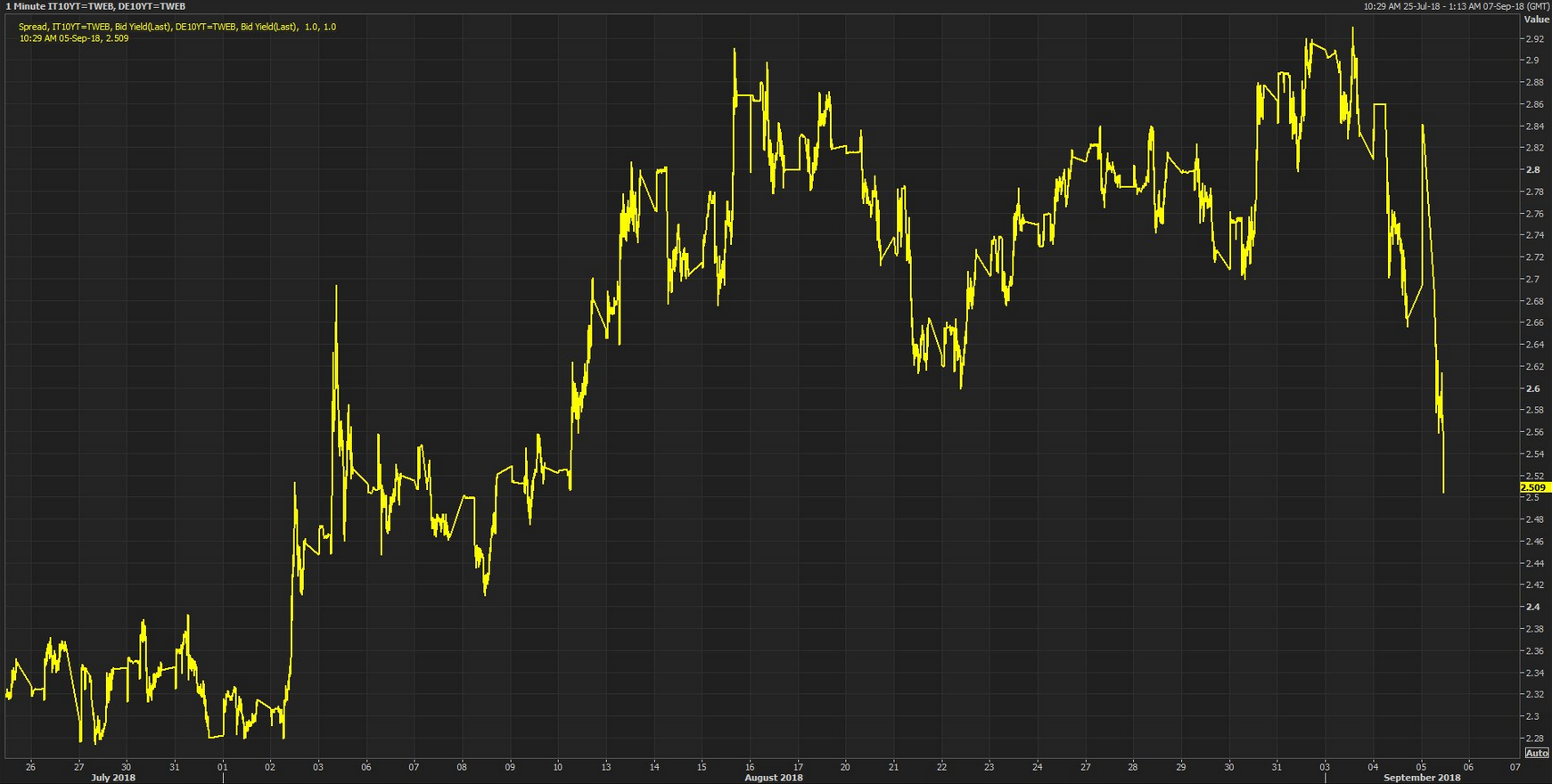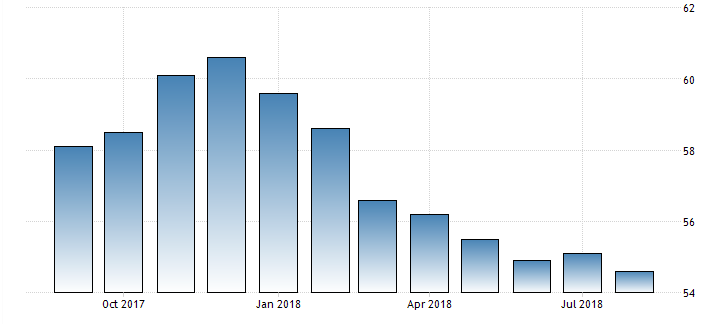How little politics matters to the market and normalizing policy in the US and Europe
1 – How little politics matters to the market
A couple of weeks ago, I tweeted the following after Michael Cohen pleaded guilty:
For those surprised there’s no market reaction to Cohen, why should there be? It has no bearing on earnings, no bearing on the economy either. The closest explanation I can see is the Fed being marginally less hawkish.
— Edward Harrison (@edwardnh) August 22, 2018
My point is that we overestimate how much politics drive economics – both macro in terms of the whole economy and micro in terms of individual companies. I would say that politics plays very little role in the short- to medium-term.
So, I agreed with Greg Ip when he tweeted yesterday:
Suppose on Jan. 1 you correctly guessed that Trump would impose steel tariffs and attack Amazon so you went long U.S. Steel and short Amazon. With U.S. Steel now down 17% and Amazon up 73% you might rethink how much to credit presidents for the stock market’s performance. https://t.co/vBTt419xOJ
— Greg Ip (@greg_ip) September 4, 2018
Amazon became the second trillion-dollar company yesterday, despite constant attacks by President Trump. And US Steel shares are in a world of hurt.
Why this matters: I want to use James Carville’s line “It’s the economy, stupid”. And that’s because right now – big business is doing incredibly well. The economy is growing, businesses have lower taxes and higher margins. Plus, they’re buying back shares. It doesn’t matter what President Trump tweets. What matters is how the economy is doing, how your industry is doing and how you are executing on your strategy as a business. And Amazon is executing well.
2 – But what about the Fed’s response?
Here’s the problem though. Companies are doing just fine. But data demonstrate that average wage earners are doing less well.
For example, when you look at hourly earnings for auto workers since this century began, in real terms, for non-supervisory workers, they’re down.

Source: Center for Automotive Research
So, looking at aggregates like GDP growth masks a lot of unevenness in the economy. And that matters given the fact that the Fed is busy normalizing interest rates.
I believe we are likely to see two more rate hikes this year. And by the end of the year, the yield curve will be close to inversion from 2 to 10 years. Right now, we are about 25 basis points. If 50 basis points filters, adding 35 basis points to 2-year yields, then 10-year yields would have to rise more than 10 basis points or the curve inverts. But, so far this year, every time the 10-year yield rallies, it falls back again. That’s what gets us inversion.
And if the curve does invert, it will be a signpost of recession. More hikes from there would end this cycle in 2019 or 2020.
Bonus: This is what the 1-year yield looks like since the beginning of this cycle.

Despite the allegedly gradual nature of rate hikes, that chart is pretty dramatic.
3 – What about Europe
Outlier scenarios involving Italy have receded. And while Italian rates are still relatively elevated, their spread to German rates is much reduced.
The chart below is from Jamie McGeever:

But I would look at this chart, not as showing an all-clear signal, but reflecting reduced risk.
When you look at the real economy, the numbers are still soft in Europe. For example, here is a chart of euro area manufacturing PMIs over the past year.

Source: Trading Economics
And when you look at Italy, even the services PMI looks weak, coming in today at 52.6, down from 54.0 previously. So again, I wouldn’t give an all-clear signal here.
At the same time, I do think the ECB is ready to normalize policy. And so, the figures are good enough for them to do so. First comes the end of QE this Fall. Next year, if conditions warrant, they will move to raise rates as well.
Why this matters: we are still awaiting the time when other central banks join the Fed in normalizing policy. I think we are there now. And this will keep pressure on the emerging markets.
Comments are closed.